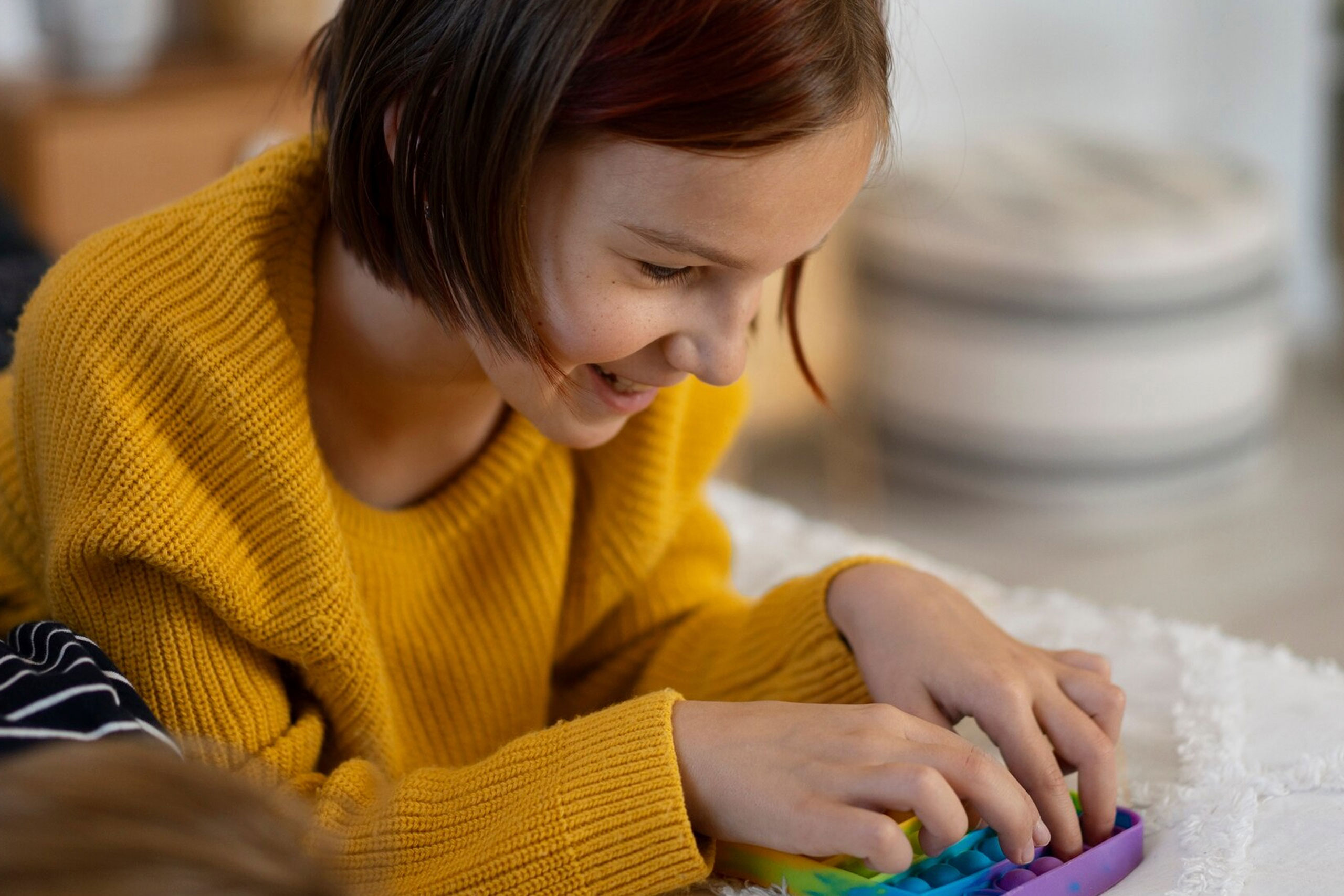When Your Child Doesn’t Respond: Understanding Sensory Processing Disorder
Have you ever called your child’s name—once, twice, maybe three times—and received no response at all? You might have wondered, “Is she ignoring me on purpose?” or “He must be tuning me out again.”
But what if the truth is more complex—and more compassionate?
According to Dr. Lucy Jane Miller in her insightful book Sensational Kids, many children with Sensory Processing Disorder (SPD) aren’t being defiant or inattentive. They’re often disconnected from the input coming in because their sensory systems are either overwhelmed or under-responsive.
What Is Sensory Processing Disorder?
Sensory Processing Disorder occurs when a child’s brain struggles to interpret and organize information from the senses—sound, sight, touch, movement, and internal signals. Children with SPD may seem inattentive, disinterested, or “in their own world,” but it’s their nervous system trying to adapt or protect itself.
For example:
-
A child who doesn’t respond to their name might be experiencing auditory under-responsiveness—their brain doesn’t register sound the same way others do.
-
Or they may be so focused on regulating overwhelming internal sensations (like itchy tags or a flickering light) that everything else fades into the background.
This isn’t a behavior that needs fixing. It’s a signal to be understood.
Signs Your Child May Have Sensory Processing Disorder
Children with SPD often feel “out of sync,” a term Dr. Miller uses to describe the disconnect between their sensory world and the external environment. At WeMe Therapy, we frequently see signs like:
-
Avoiding eye contact
-
Being unresponsive to verbal prompts
-
Seeming “lost” in play or body awareness
-
Difficulty following instructions in busy environments
-
Frequent meltdowns or shutdowns in response to sensory input
What may appear as distraction or disobedience is often the child’s nervous system speaking louder than your voice.
How to Help Your Child with Sensory Processing Disorder
Here are practical ways to support your child and create a more regulated environment:
1. Start with Sensory Awareness
Pay attention to when your child seems most present versus disconnected. Are they more regulated in quiet spaces? After movement? This awareness helps identify sensory thresholds and patterns.
2. Use Grounding Sensory Input
Calming input like deep pressure (hugs or weighted blankets), soft lighting, or rhythmic motion (rocking or swinging) can help a child feel more grounded and in control.
3. Create a Low-Stimulus Environment
Minimize visual and auditory clutter. Offer one instruction at a time and avoid overstimulating environments when possible. Predictable routines and quiet spaces help many children with SPD thrive.
4. Connect Before Correcting
Even if they don’t seem to be listening, stay nearby. Offer your presence, a gentle tone, or a touch. Building connection is the first step to building regulation.
Compassion Over Correction
Dr. Miller reminds us that Sensory Processing Disorder is not a behavior problem—it’s a neurological difference. Children with SPD don’t need stricter discipline or louder voices; they need adults who understand their nervous systems and offer gentle, informed support.
At WeMe Therapy, we meet each child exactly where they are. Through sensory play, regulation strategies, and gentle therapies like Reiki, we help children reconnect with their bodies—and with those who love them most.
Get Support for Sensory Processing Disorder
If your child is showing signs of Sensory Processing Disorder, you’re not alone. We offer in-home therapy, sensory assessments, and parent coaching to bring clarity, calm, and connection back to your family.
Subscribe to the WeMe Therapy blog, follow us @WeMeTherapy, or contact us today to begin your journey toward understanding and support.

